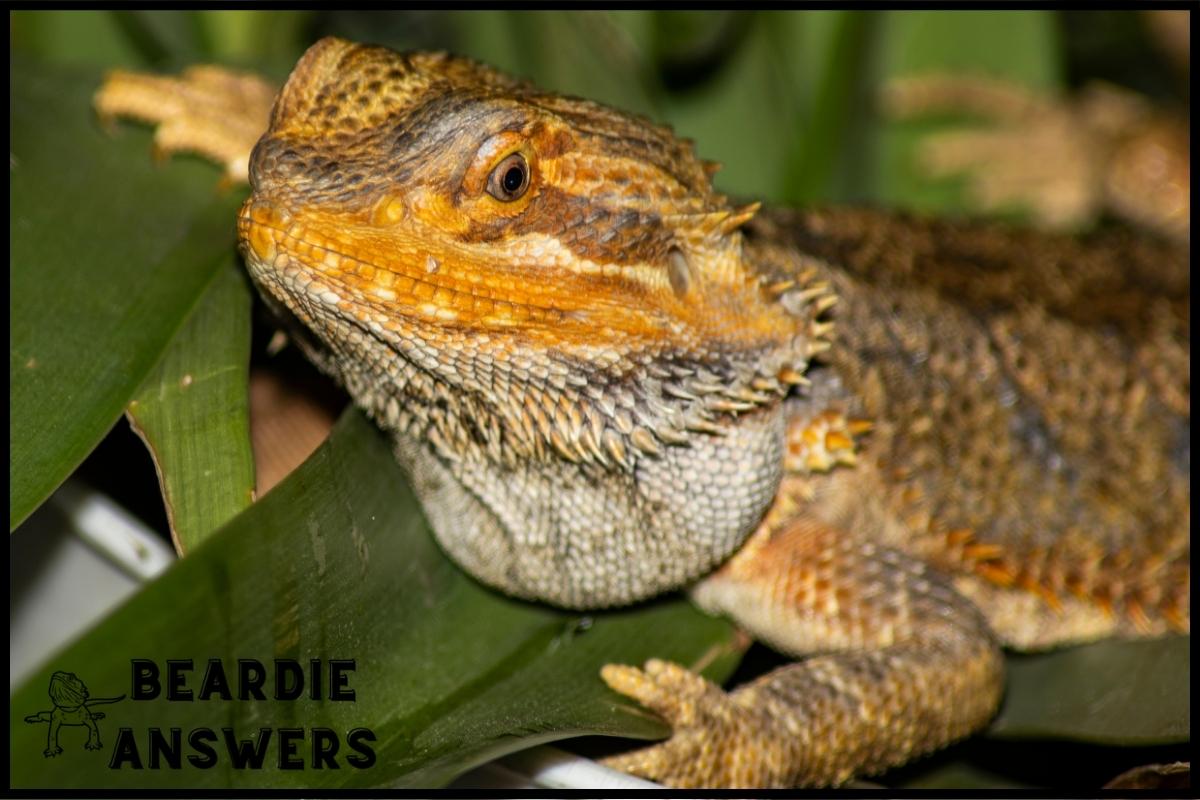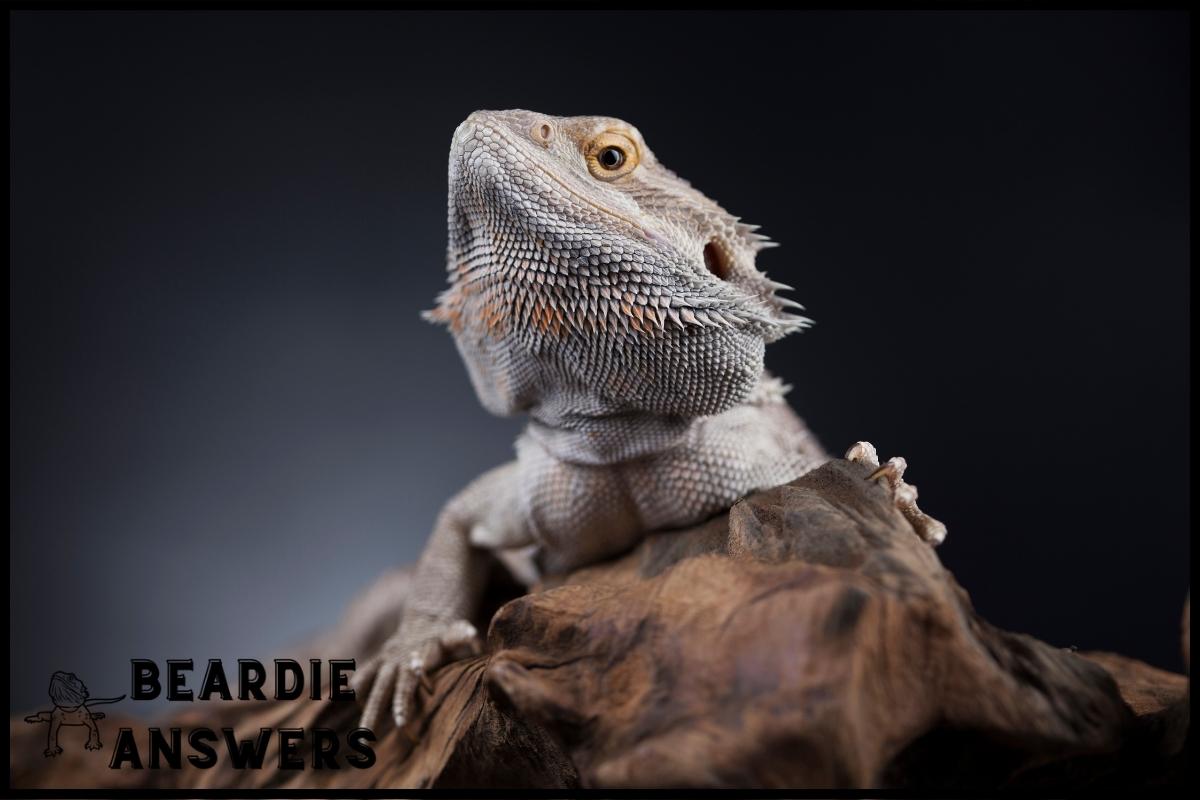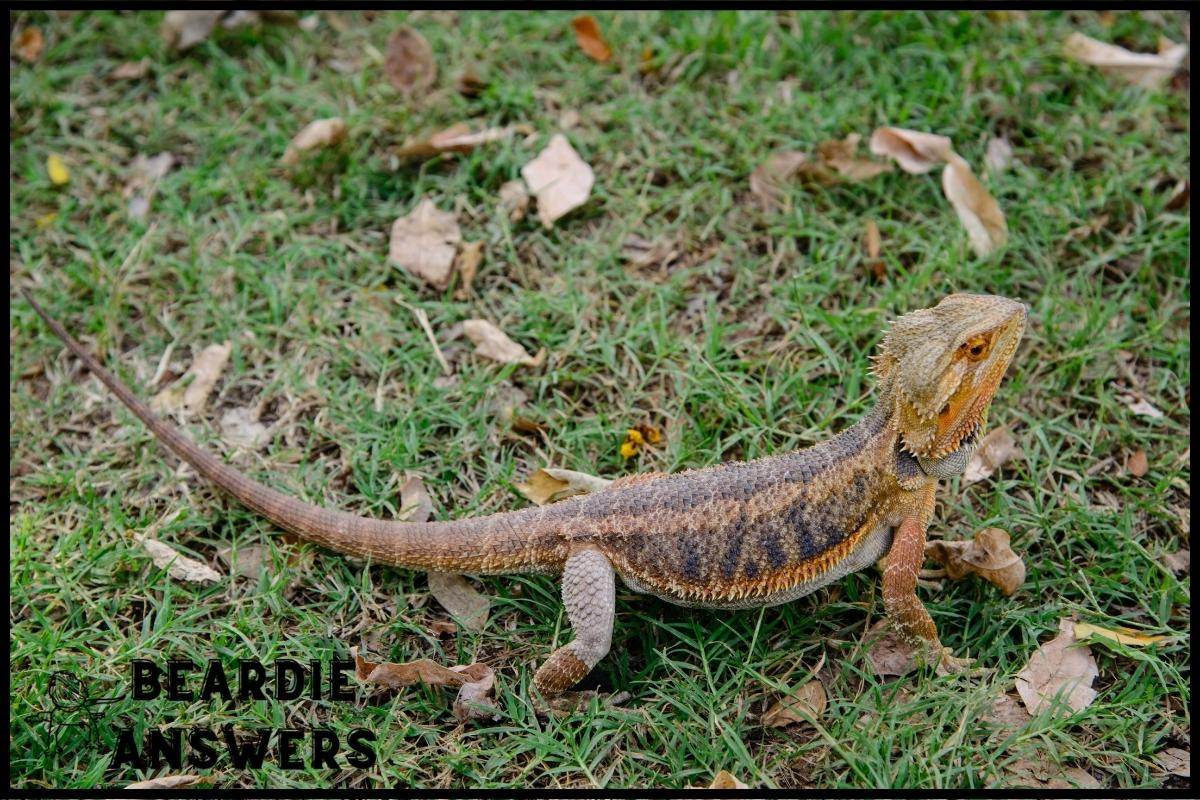Wheatgrass can be a safe and nutritious addition to a bearded dragon’s diet in small amounts. However, it should not make up a significant portion of their diet, as they require a variety of foods to stay healthy.
What You'll Learn
Nutritional Benefits Of Wheatgrass
Wheatgrass is a superfood that may offer many health benefits for bearded dragons due to its high mineral content and digestive-supporting properties. In fact, it’s been said that just 1 ounce of wheatgrass contains the same nutrient value as 2 ½ pounds of vegetables!
With so much potential nutrition packed in such a small package, it’s no surprise why some pet owners consider including wheatgrass in their dragon’s regular diet. On top of providing essential vitamins like A, C, K, B6 and magnesium, wheatgrass also has valuable minerals like calcium, iron and zinc.
These nutrients can help keep your dragon’s bones strong and healthy while aiding in digestion by increasing fiber intake. Wheatgrass might even have anti-inflammatory effects which could promote better overall wellbeing. However, before adding any new food to your dragon’s diet—even one with possible health benefits—it’s important to understand the risks associated with consuming this particular plant.
Possible Risks Of Eating Wheatgrass
Although wheatgrass can be a healthy addition to the diet of bearded dragons, it is important to remember that there are some risks associated with eating too much.
Organic farming and freshness can also play an important role in making sure that your pet gets all the essential vitamins and minerals they need without overdoing it on any one nutrient.
Some possible risks include vitamin deficiencies if not obtained from organic sources, as well as high levels of oxalates which could lead to calcium deficiency or kidney stones if consumed in excess.
Here are some key points to consider when feeding wheatgrass to your pet:
- Make sure it comes from organic sources for optimal nutritional value.
- Feed only small amounts at a time so as not to overload them with nutrients.
- Monitor their food intake closely, watching out for signs of vitamin deficiencies or other health issues related to overdosing on wheatgrass.
It’s always best to talk with your veterinarian before introducing new foods into your dragon’s diet, including wheatgrass.
With proper guidance and careful monitoring, you can ensure that your pet has a balanced diet that includes this nutritious green grass safely and effectively.
Taking these precautions will help you provide the right nutrition while avoiding any potential risks associated with consuming wheatgrass in large quantities.
Moving forward, understanding appropriate feeding guidelines for bearded dragons is critical for ensuring their overall health and wellbeing.
Feeding Guidelines For Bearded Dragons
Feeding bearded dragons correctly is essential for their gut health and overall well-being. One of the many foods they can have in moderation is wheatgrass, which provides a range of vitamins and minerals to your pet as long as it’s sourced responsibly with minimal environmental impact.
| Nutrional Value | Benefits |
|---|---|
| Vitamins A, B6, C & K | Strengthen immune system&digestive health |
| Manganese & Iron | Increase energy levels & support cell growth&development |
Wheatgrass is also an excellent source of dietary fiber that helps keep their digestive systems healthy and regular bowel movements. It’s low in calories but high in nutrition so you don’t need to worry about giving too much at once. Be sure to always provide fresh grass from reliable sources for maximum nutritional value. As with all other food items, feeding wheatgrass should be done in moderation as part of an overall balanced diet for your reptilian friend. With its impressive nutrient profile and easy access, including wheatgrass into a bearded dragon’s diet is certainly worth considering! Transitioning now to common varieties of wheatgrass; there are several types available on the market today…
Common Varieties Of Wheatgrass
Wheatgrass is a type of grass that can be found growing in many parts of the world, and it has become increasingly popular for bearded dragons to eat.
There are a few different varieties of wheatgrass that are commonly grown, each with its own unique flavor profile and nutritional content.
The most common variety is called Hard Red Wheatgrass, which has a sweet but slightly earthy taste when harvested at the correct time. This type takes around 6 weeks to grow from seedling to harvestable stage, making it one of the quickest growing types of wheatgrass available.
Another variety is Soft White Wheatgrass, which tastes more mild and requires just under 8 weeks to reach full maturity when harvesting wheatgrass. Both red and white varieties contain high amounts of vitamins A and C, iron and magnesium.
In addition to these two main varieties, there are also hybridized strains such as Green Foxtail or Kamut that provide an even wider range of flavors and nutrition benefits.
All types require similar methods for planting and harvesting; however they differ slightly in their growth rate due to variations in climate conditions where they’re grown. Knowing how long your particular type will take to mature before harvesting is essential for getting the best results possible out of your crop.
How To Prepare Wheatgrass For Bearded Dragons
Wheatgrass is a nutritious food for bearded dragons and it can be easily grown at home. Growing wheatgrass does not require any special equipment and can simply be done with soil, trays, seeds and water.
Soaking the seeds overnight in lukewarm water will help them to sprout more quickly. Then spread the wet seeds on moist soil in shallow containers or trays and cover lightly with additional soil if desired. Place the tray in an area that receives indirect sunlight; warm temperatures of around 70-90°F are ideal for germination. Keep the soil evenly moist but avoid overwatering as this may cause mold to grow on the surface of the soil.
After 3-7 days, you should see your seedlings beginning to emerge from the soil. Once they reach 2 inches tall they can be cut back close to their base and fed to your beardies! Just remember that moderation is key when feeding wheatgrass so don’t overdo it – too much of anything isn’t good for anyone!
While wheatgrass offers many nutritional benefits for bearded dragons, there are also plenty of other alternatives available. In addition to fresh vegetables like collard greens or kale, fruits such as papaya or figs make great treats for these reptiles as well.
Commercial diets specifically designed for beardies are also readily available if you want to provide a balanced meal without having to buy multiple ingredients separately. It’s important to keep variety in mind when choosing food items as each type provides different vitamins and minerals needed by your pet dragon – happy eating!
Alternatives To Eating Wheatgrass
Although wheatgrass is a great source of nutrition for bearded dragons, not everyone has access to it. Fortunately, there are plenty of other plant-based and insect-based foods that can be used to supplement their diets.
As an alternative to the nutrient dense wheatgrass, owners can consider feeding sources like collard greens, kale, dandelion leaves, endive, parsley and mustard greens. These leafy vegetables provide essential vitamins such as Vitamin A and calcium in addition to fiber that helps with digestion.
Insects are also important for providing necessary protein for beardies. Dubia roaches and crickets make excellent staple feeders due to their high levels of nutrition. Mealworms and wax worms should only be fed occasionally due to their very low nutritional value compared to other types of insects.
It’s important to remember that variety is key when it comes to a balanced diet; offering different types of food will ensure your pet receives all the nutrients they need! With some careful consideration towards what kind of dietary options you’re able to offer your bearded dragon, you can guarantee them a healthy life full of energy and vigor – no wheatgrass required!
Conclusion
In conclusion, it is safe for bearded dragons to eat wheatgrass in moderation. Wheatgrass provides many nutritional benefits and can be a great addition to their diet as long as they are not eating too much of it. Feeding guidelines should always be followed when feeding any type of food to bearded dragons so that they get the proper nutrition with minimal risk.
When preparing wheatgrass for your pet dragon, make sure you choose one of the varieties that have been deemed safe and cut or buy small amounts at a time so that it remains fresh.
Additionally, there are other tasty options such as dandelion greens, kale and bell peppers which provide similar health benefits while minimizing risk.
Surprisingly, over 80% of all reptiles die before reaching adulthood due to improper husbandry and nutrition practices by owners! That statistic alone emphasizes why providing the best care possible is essential if you want your beloved bearded dragon to live an enjoyable life full of good health and vitality.

Hi! My name is Bryan, I am the “one behind the words” here are BeardieAnswers.com. I believe that providing quality care and nutrition is the best way to ensure the health of your pet. Every beardie is special and deserves the best care and attention. If you have questions about your bearded dragon, please don’t hesitate to ask! View My Full Author Page




